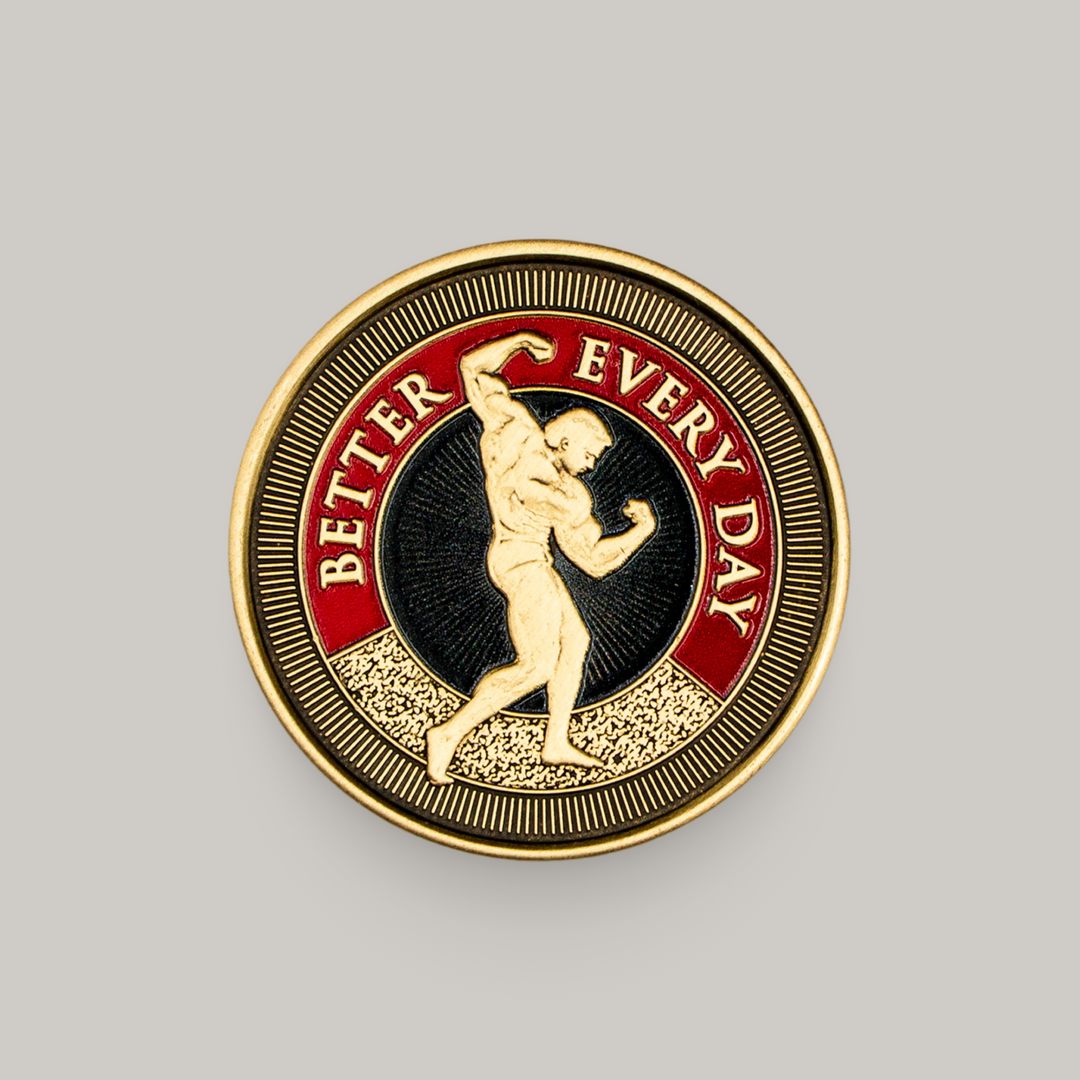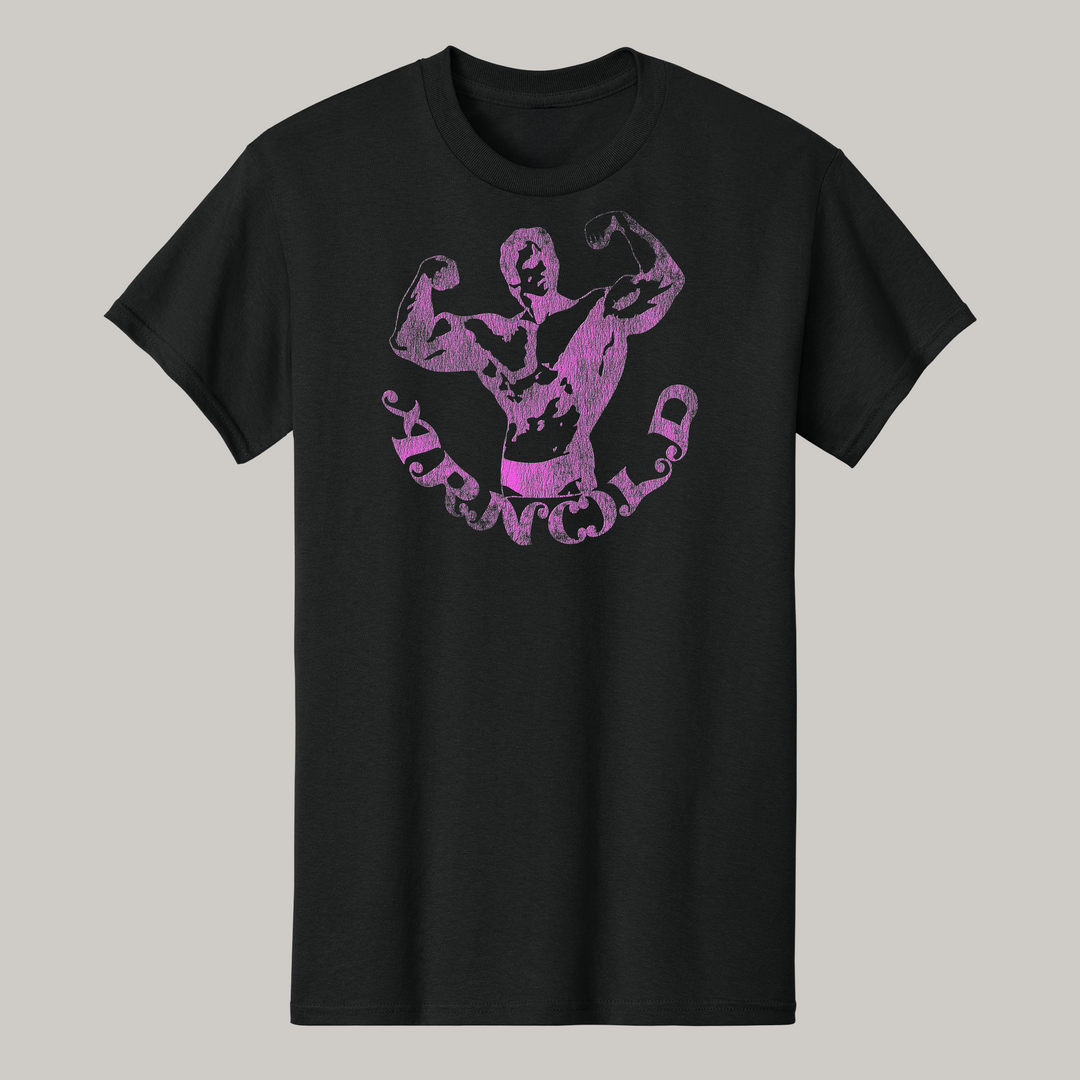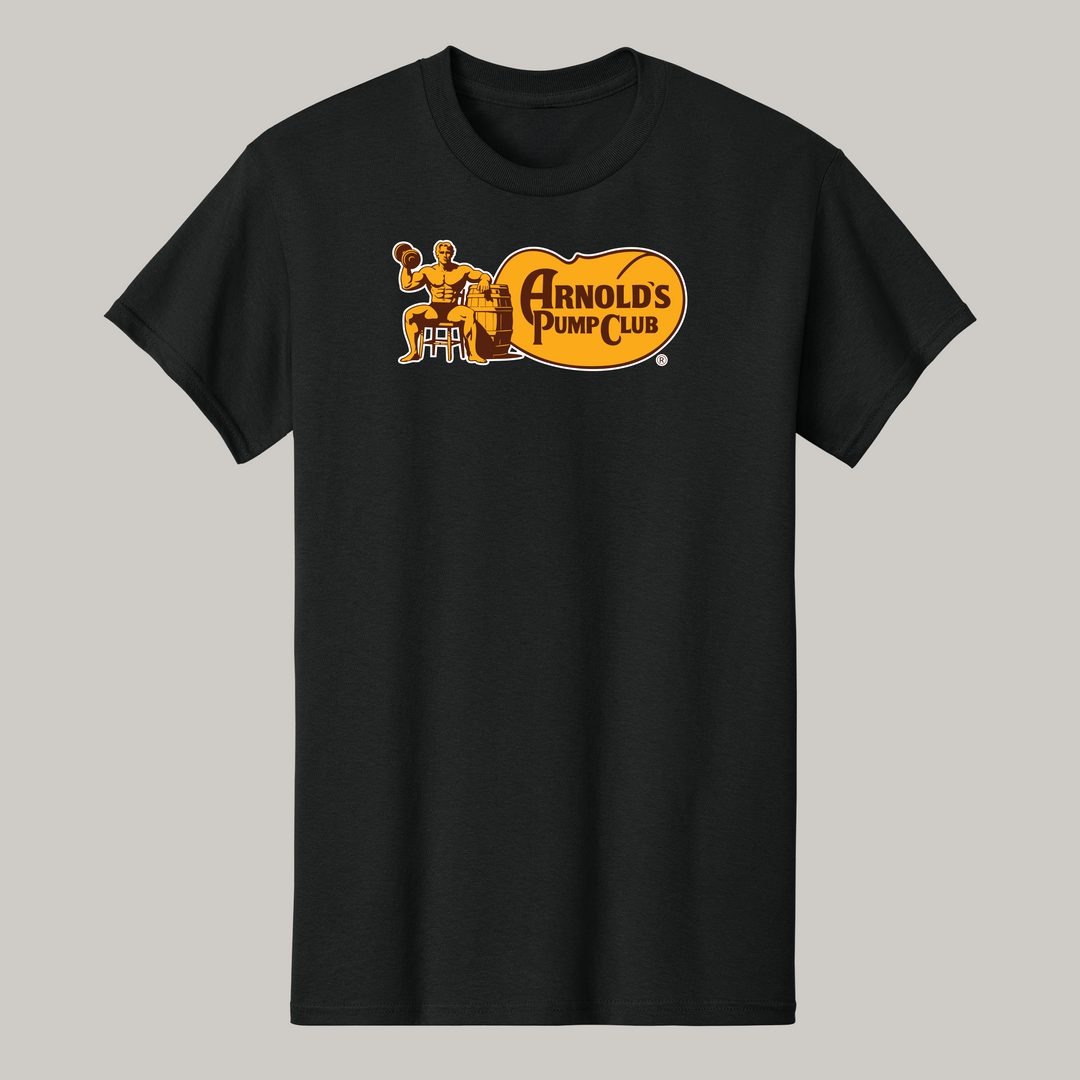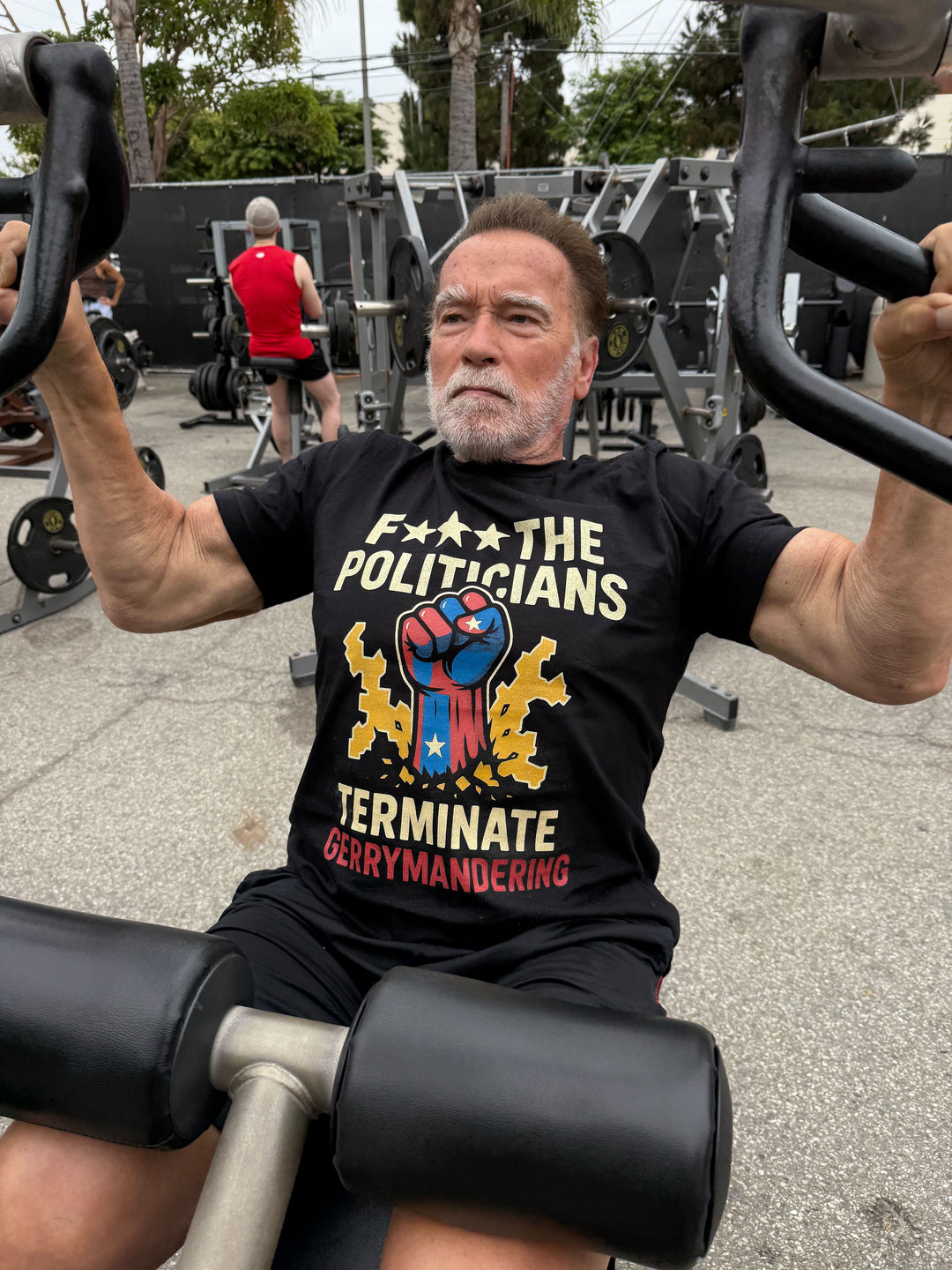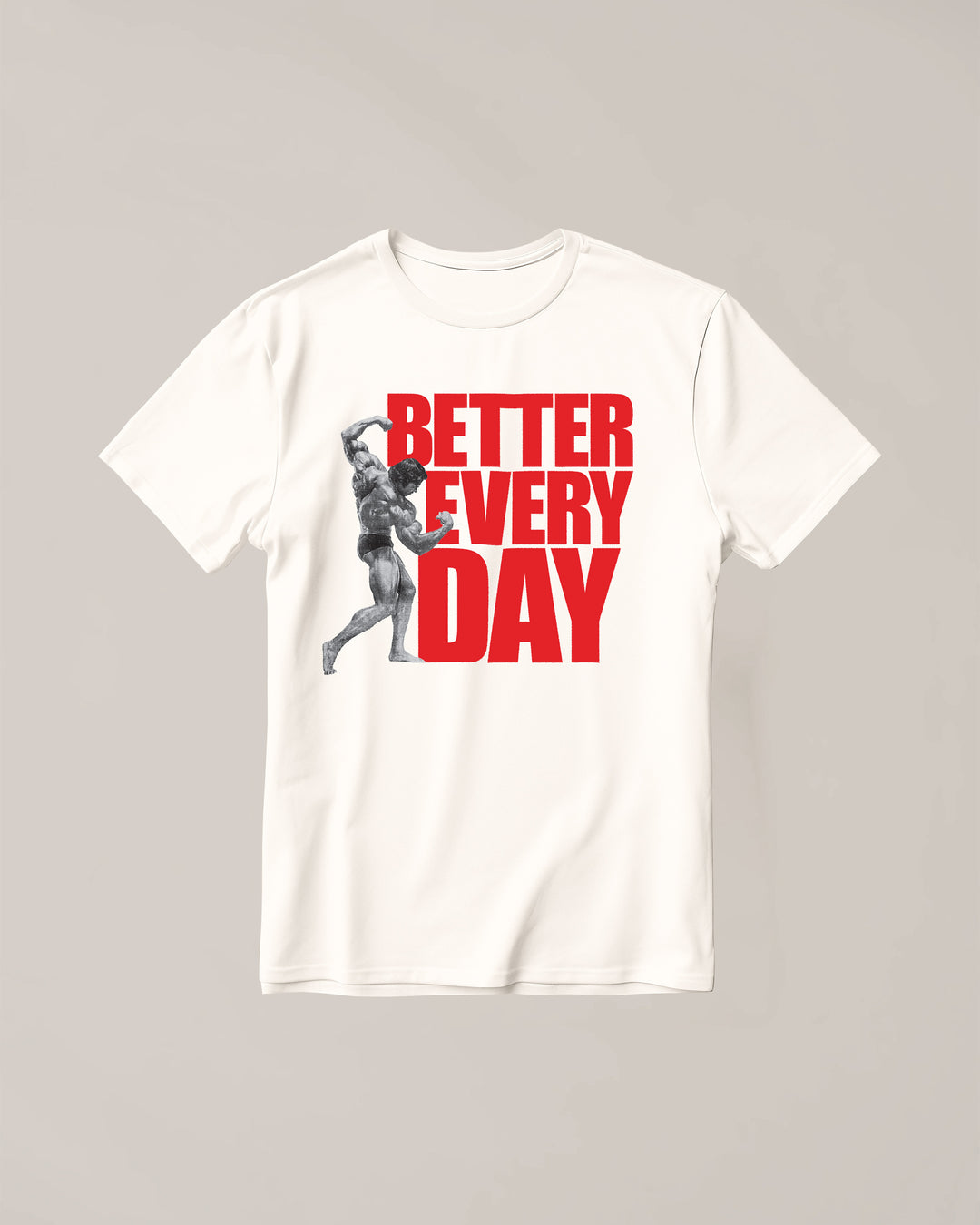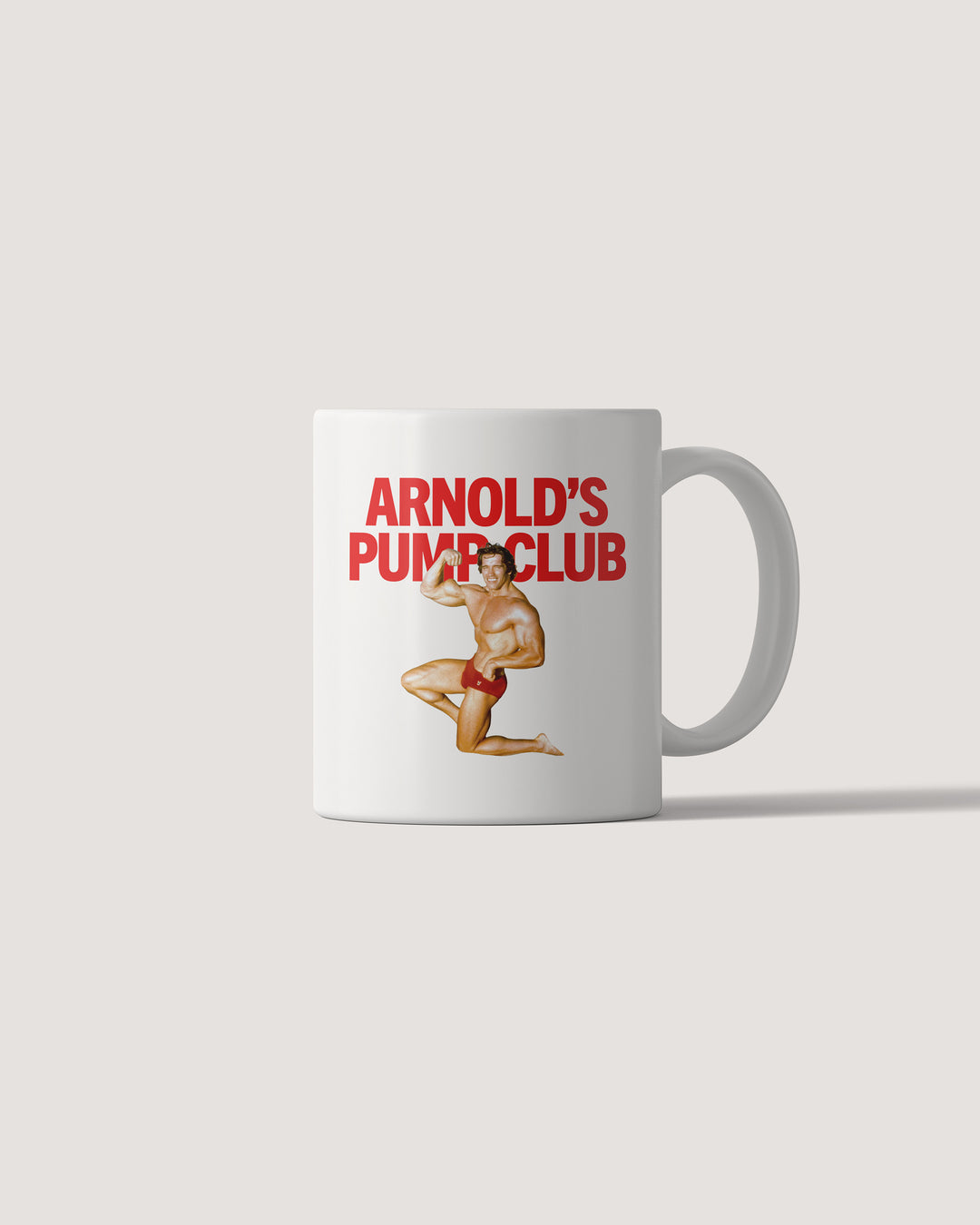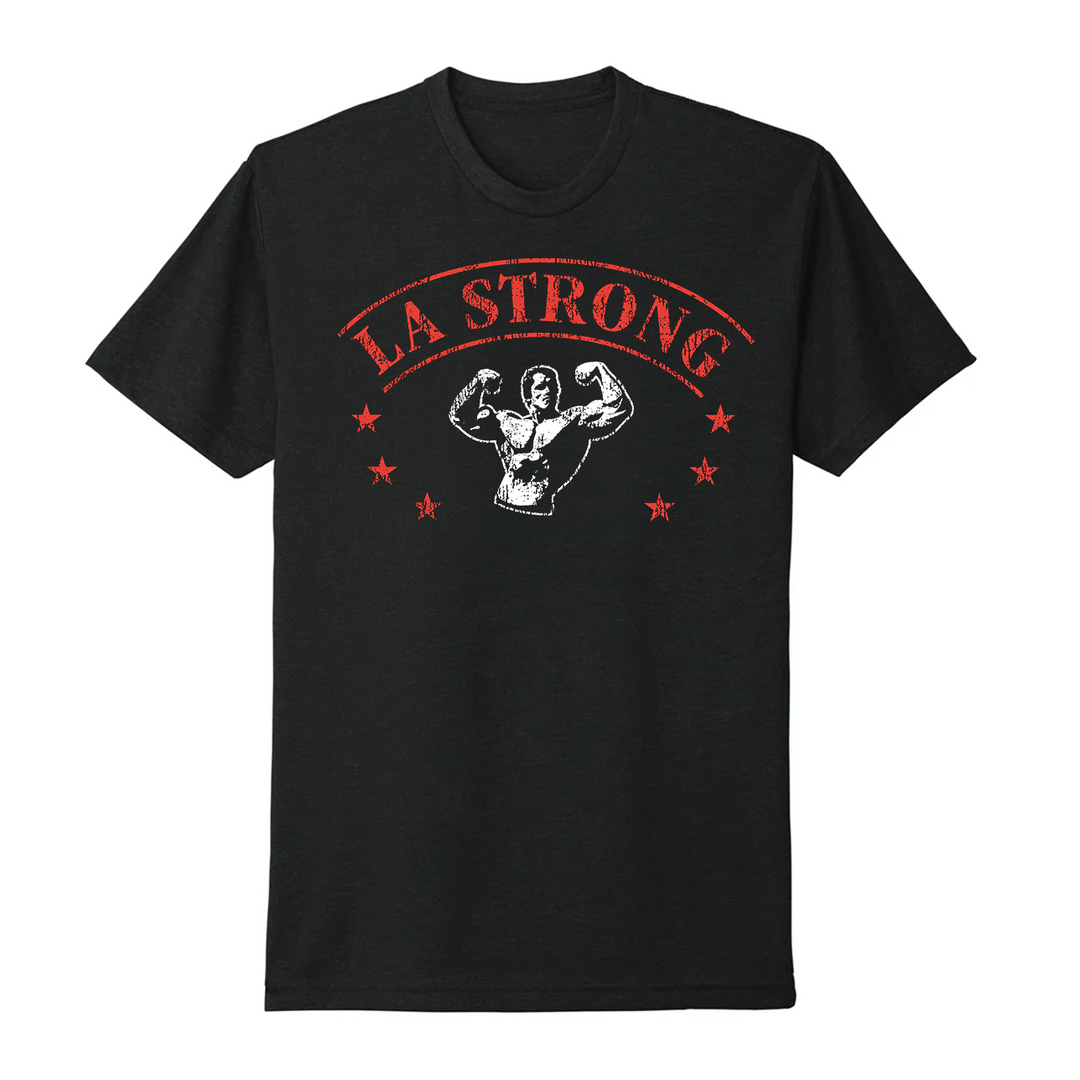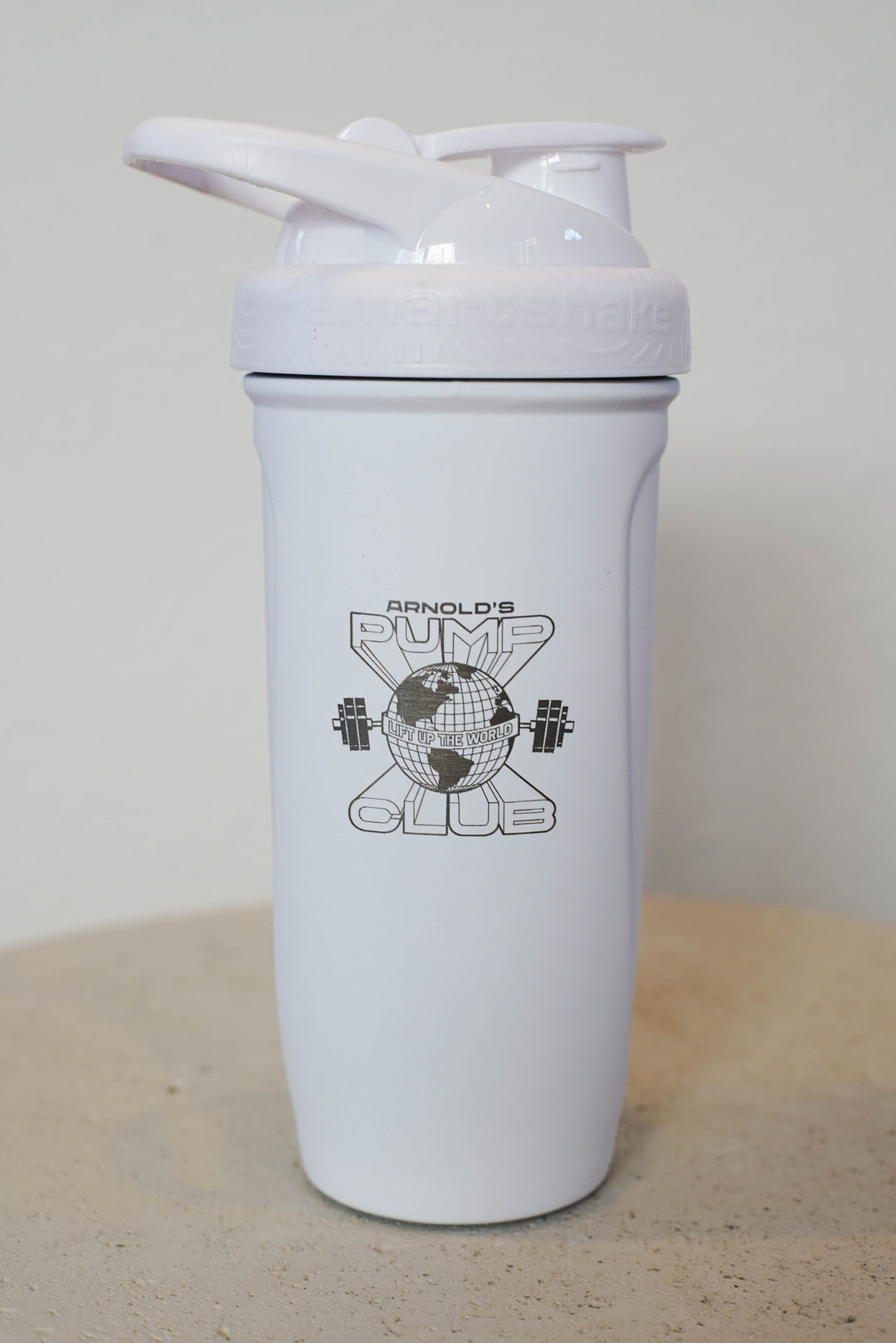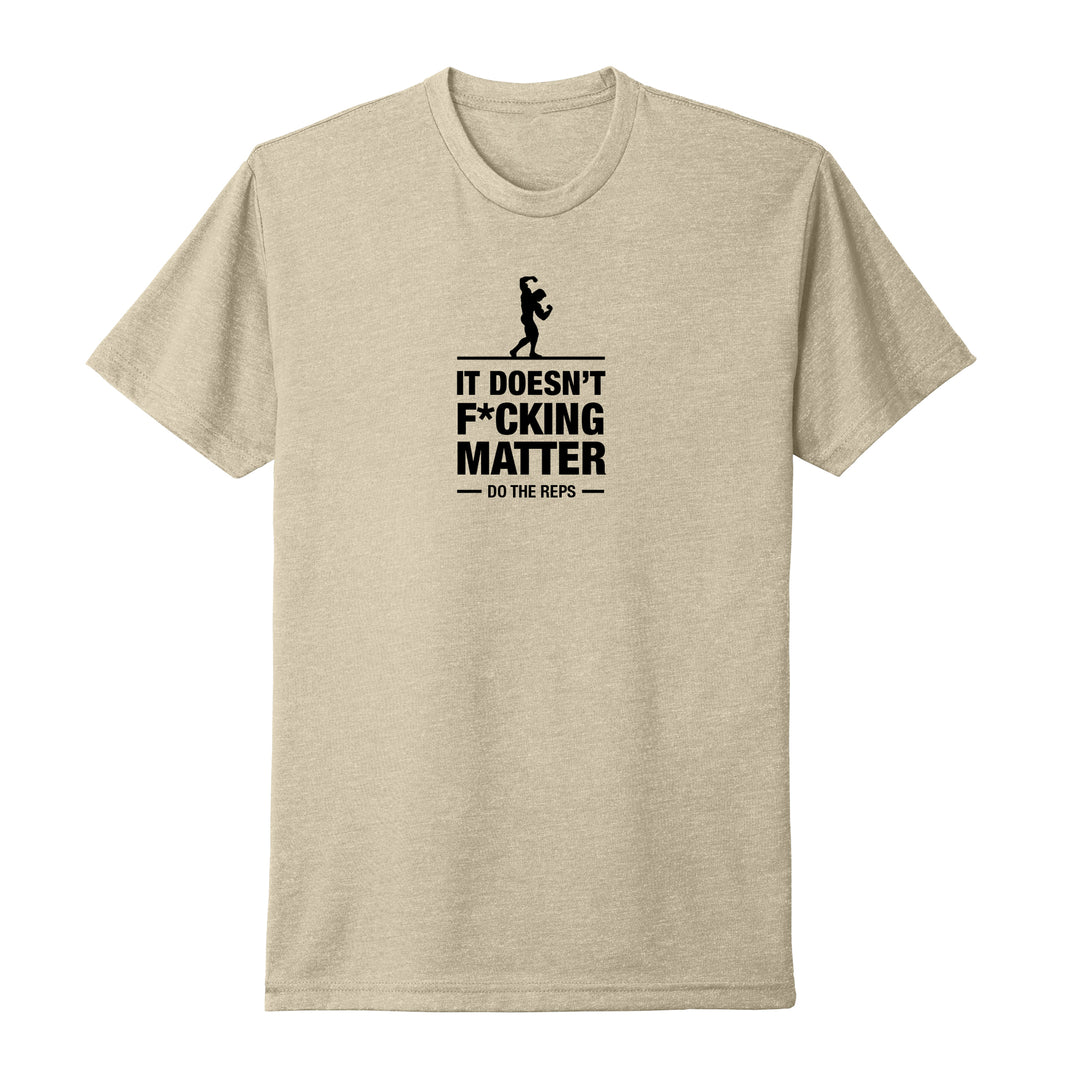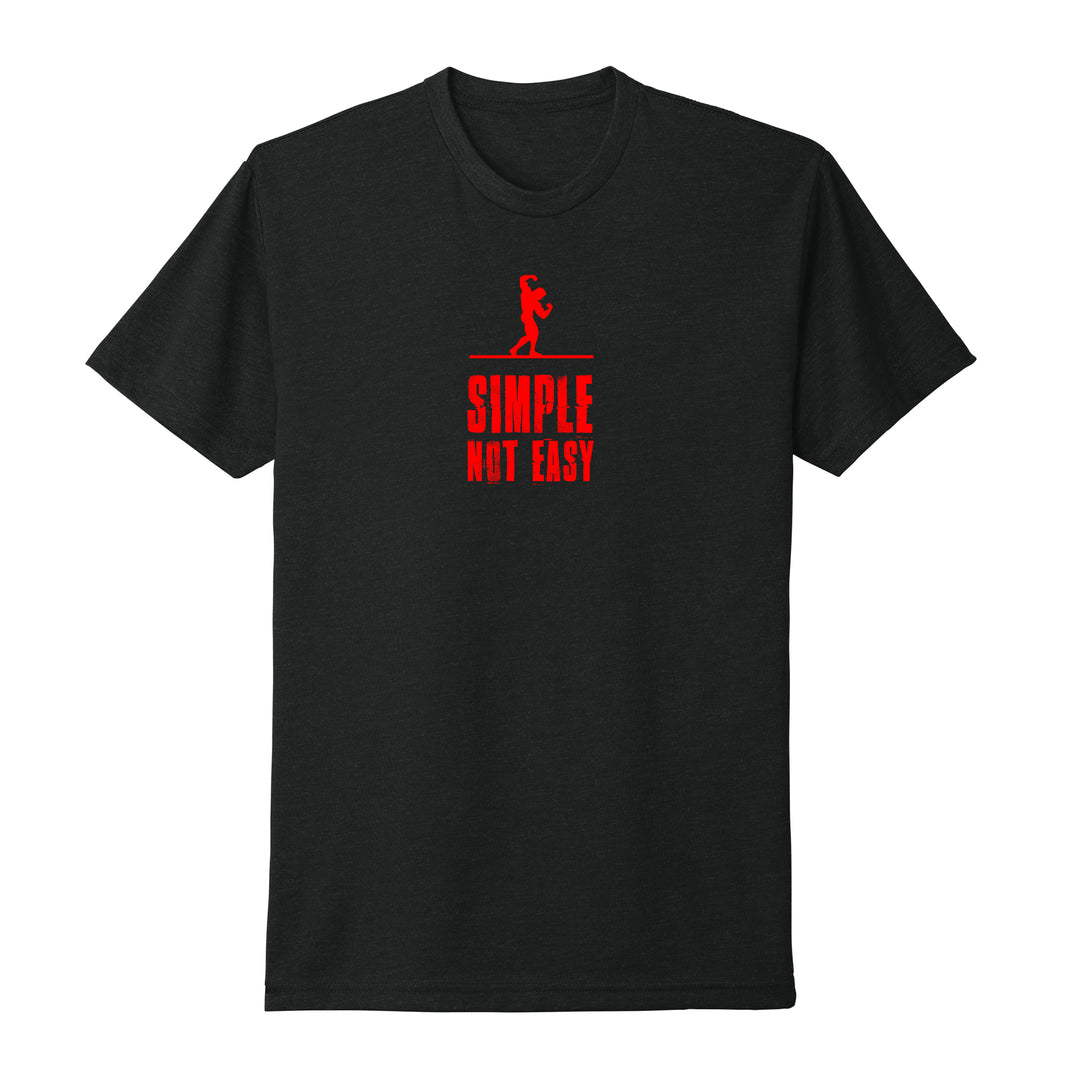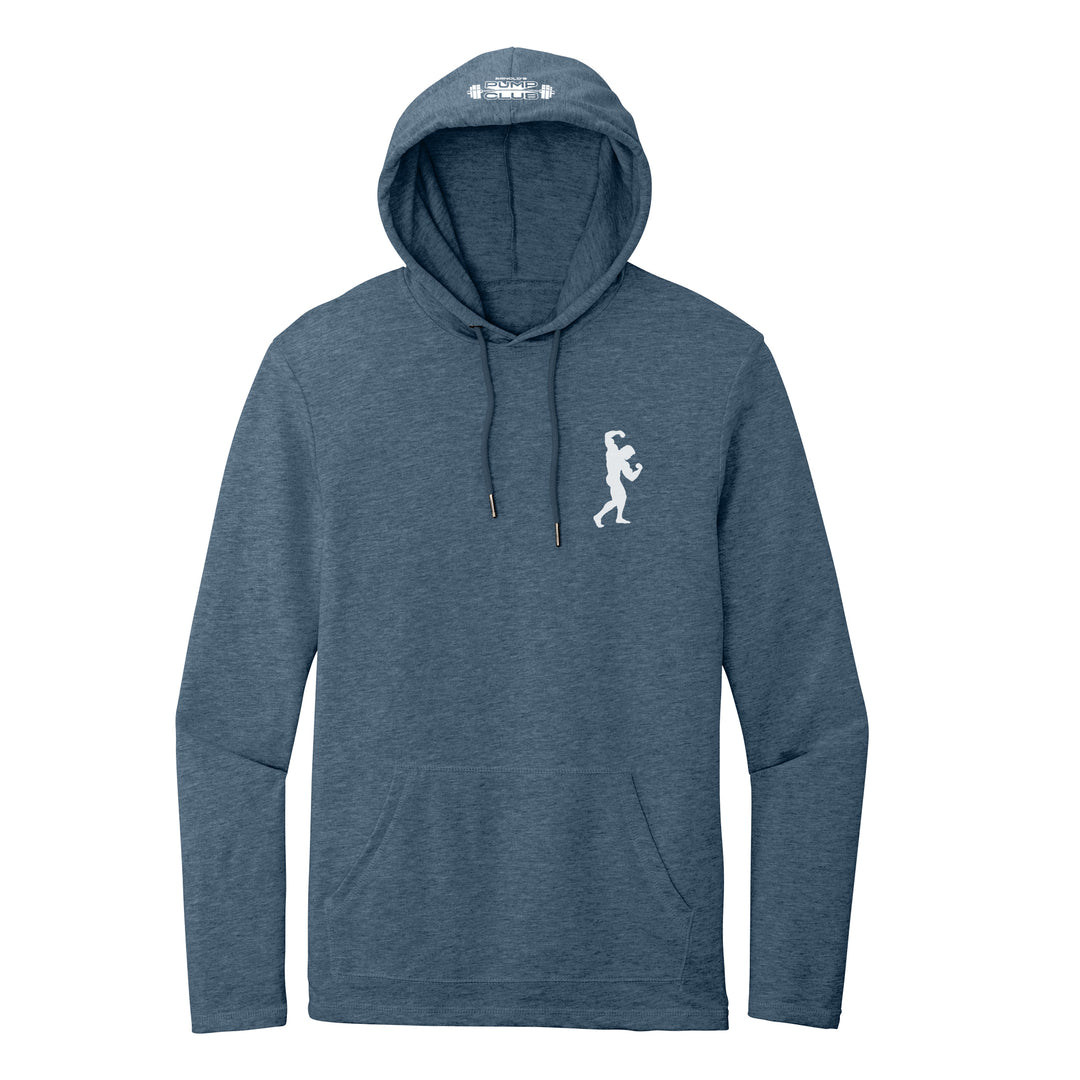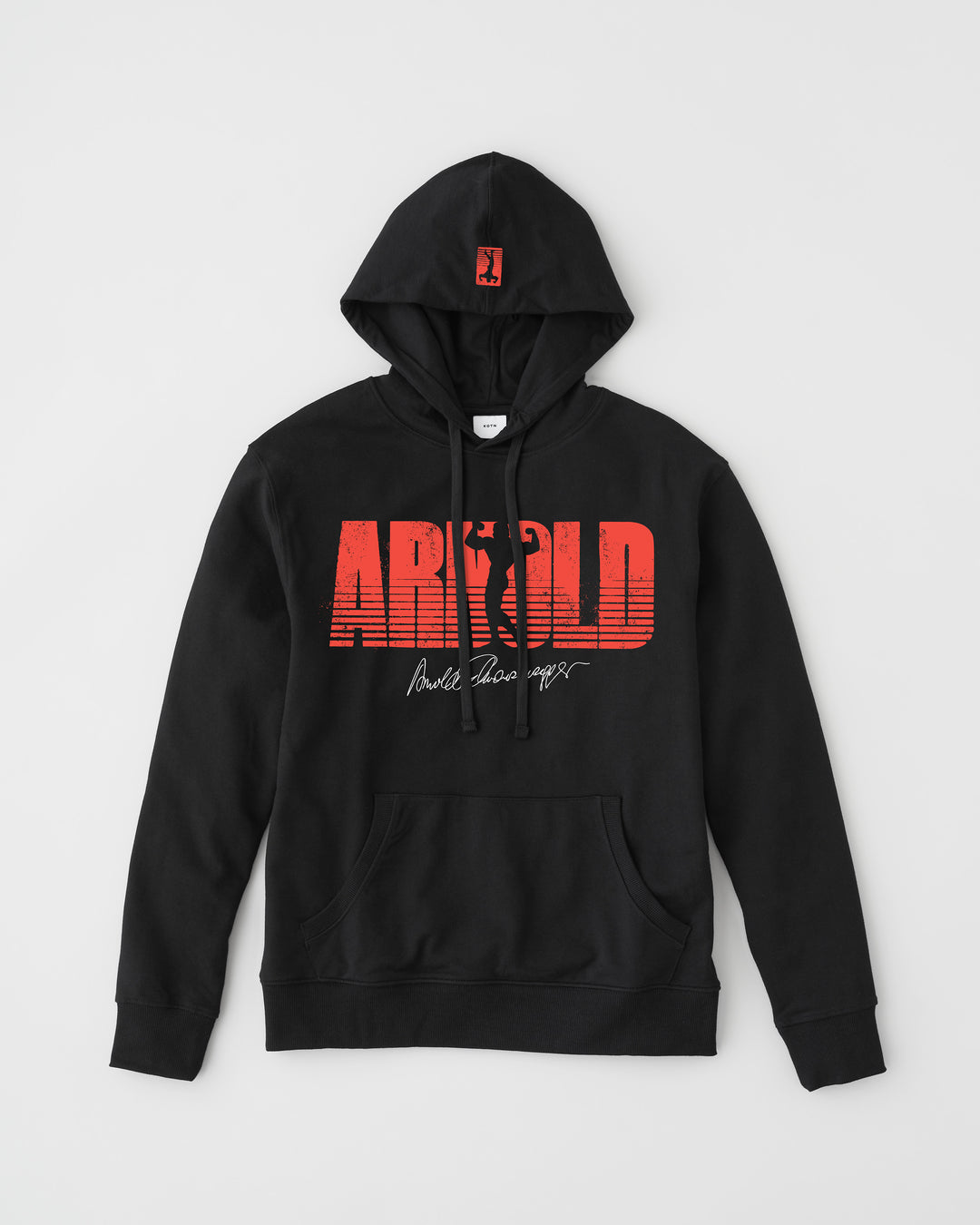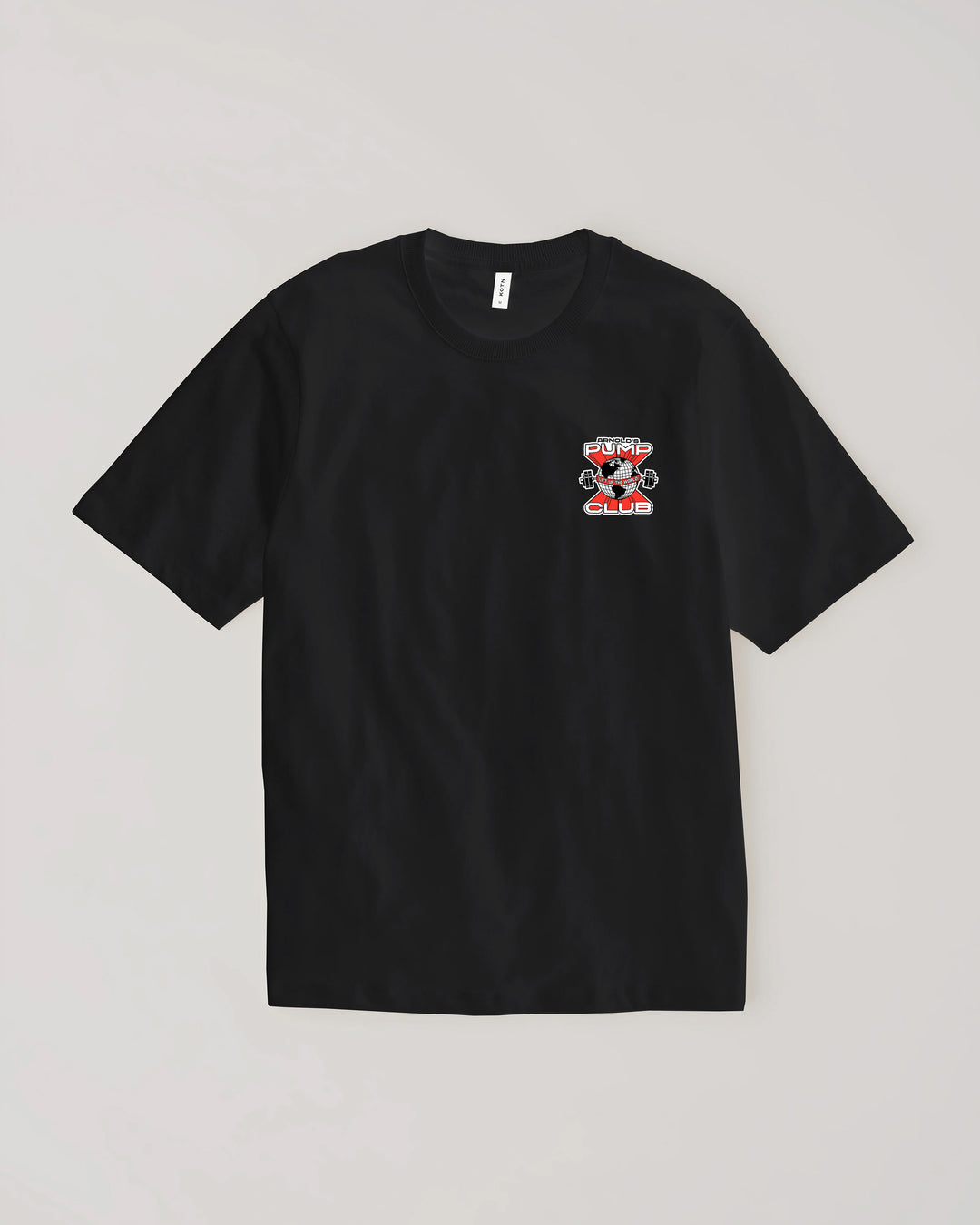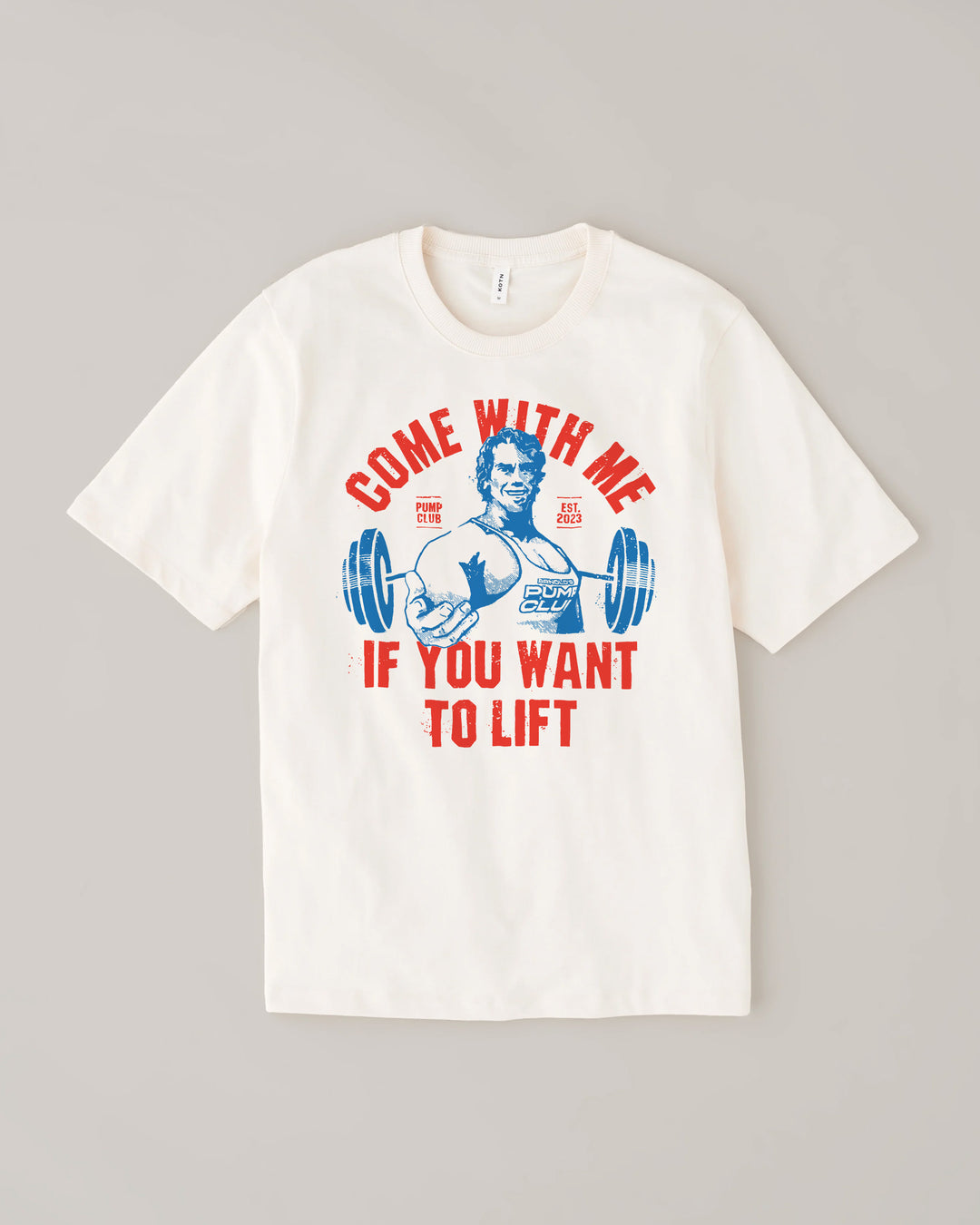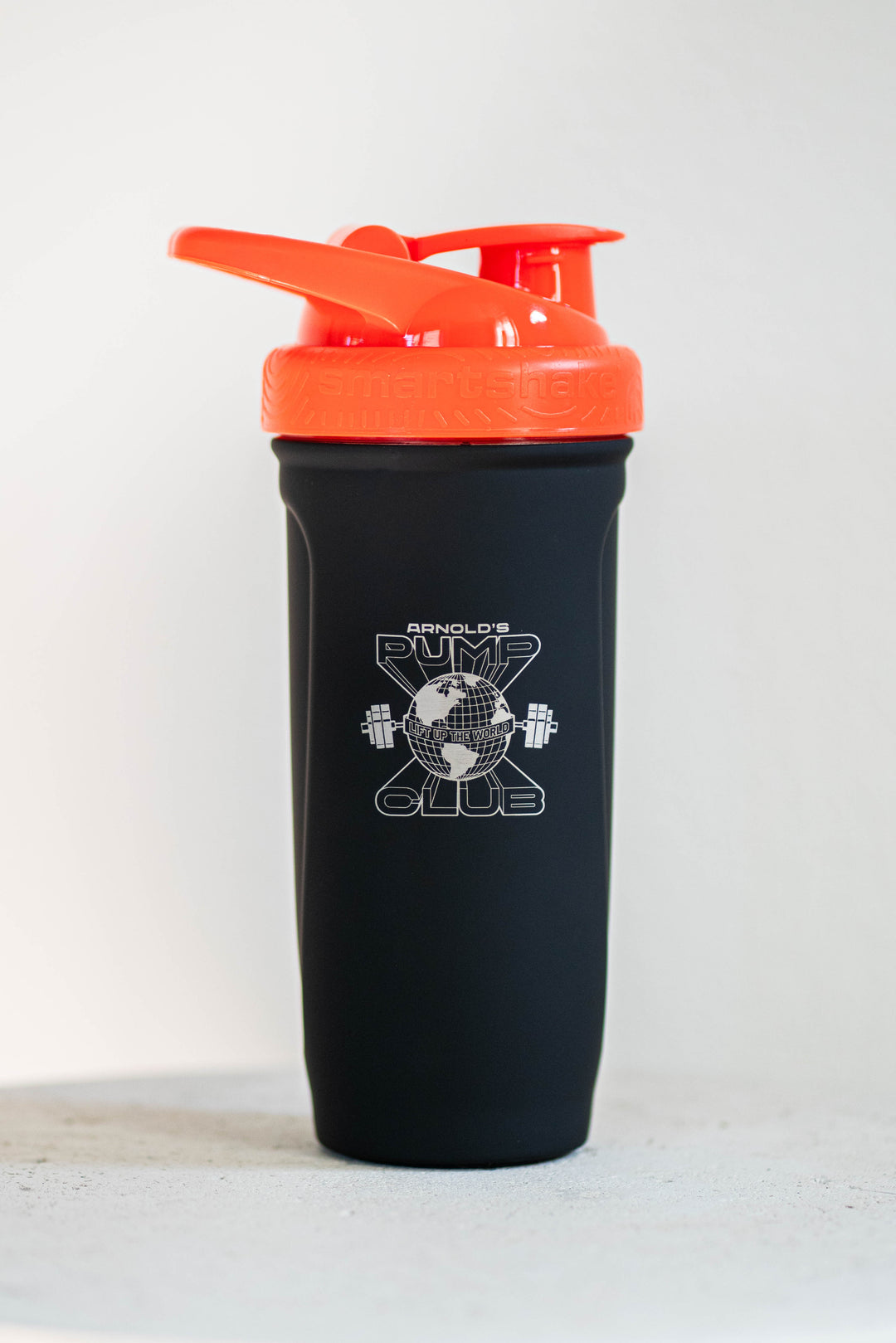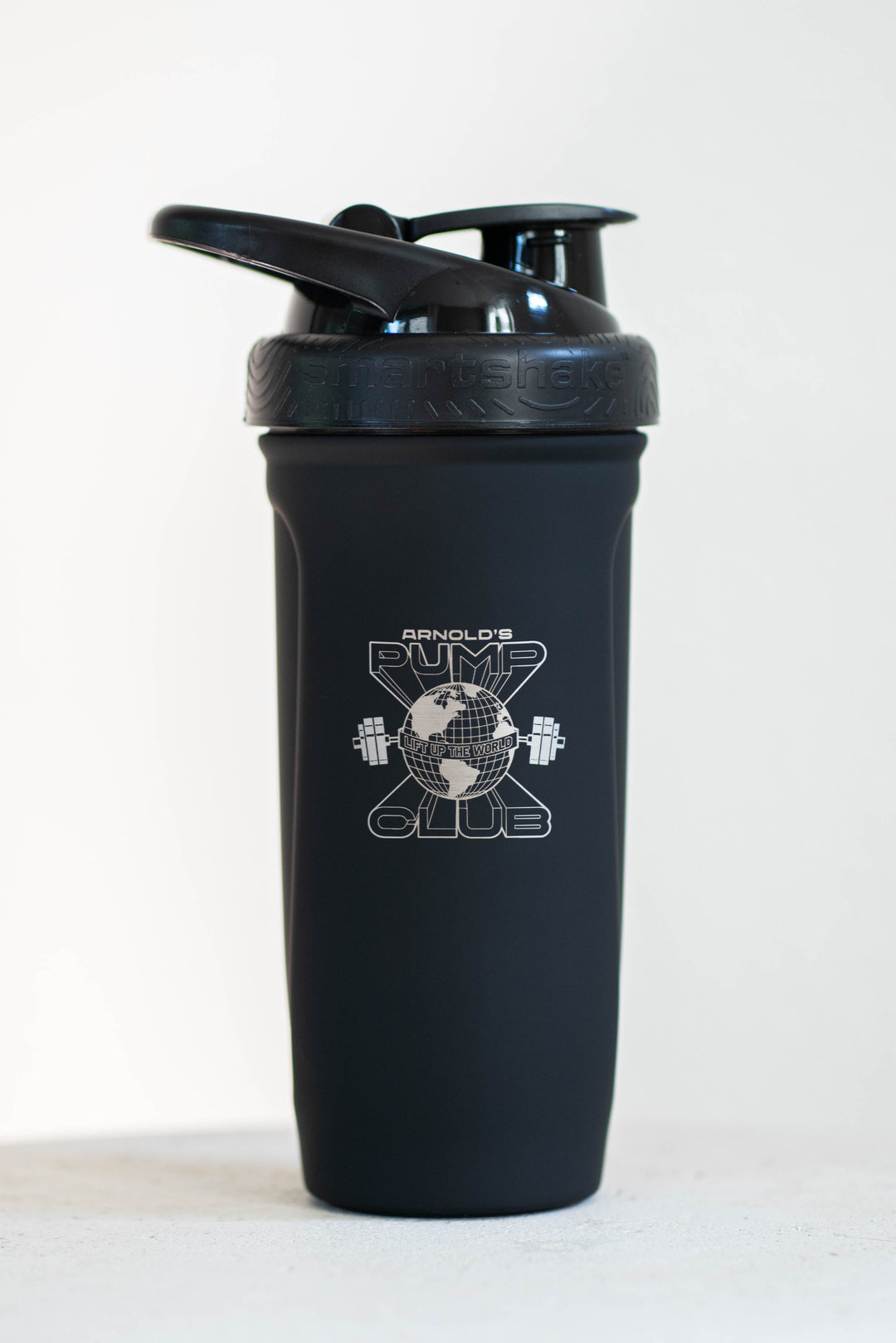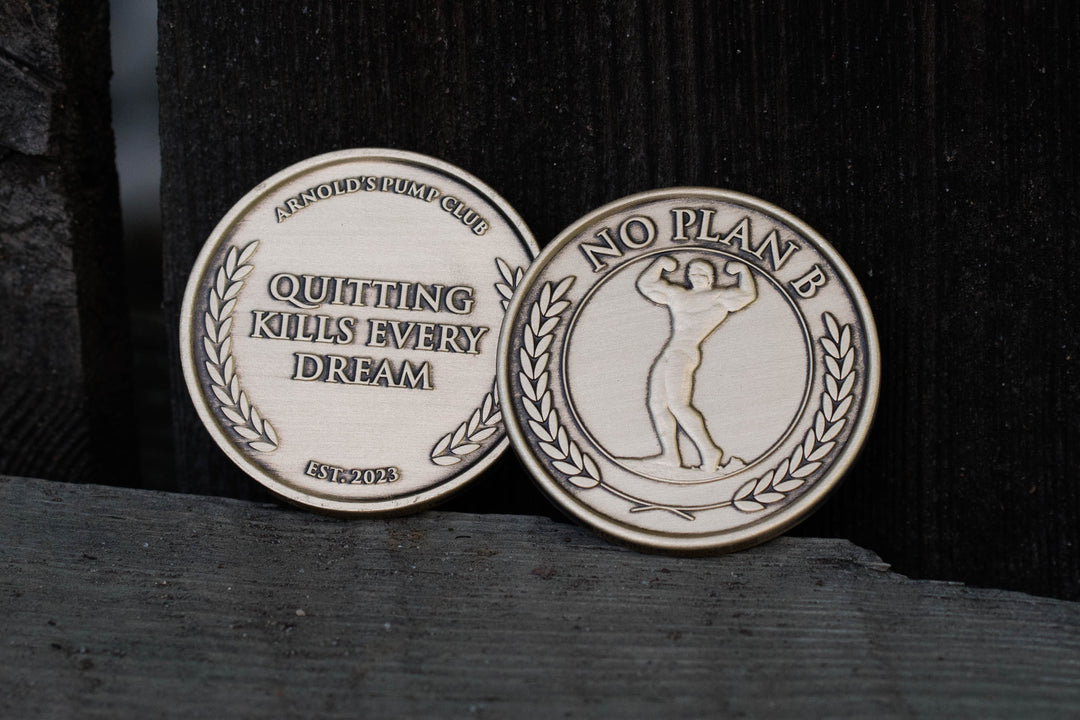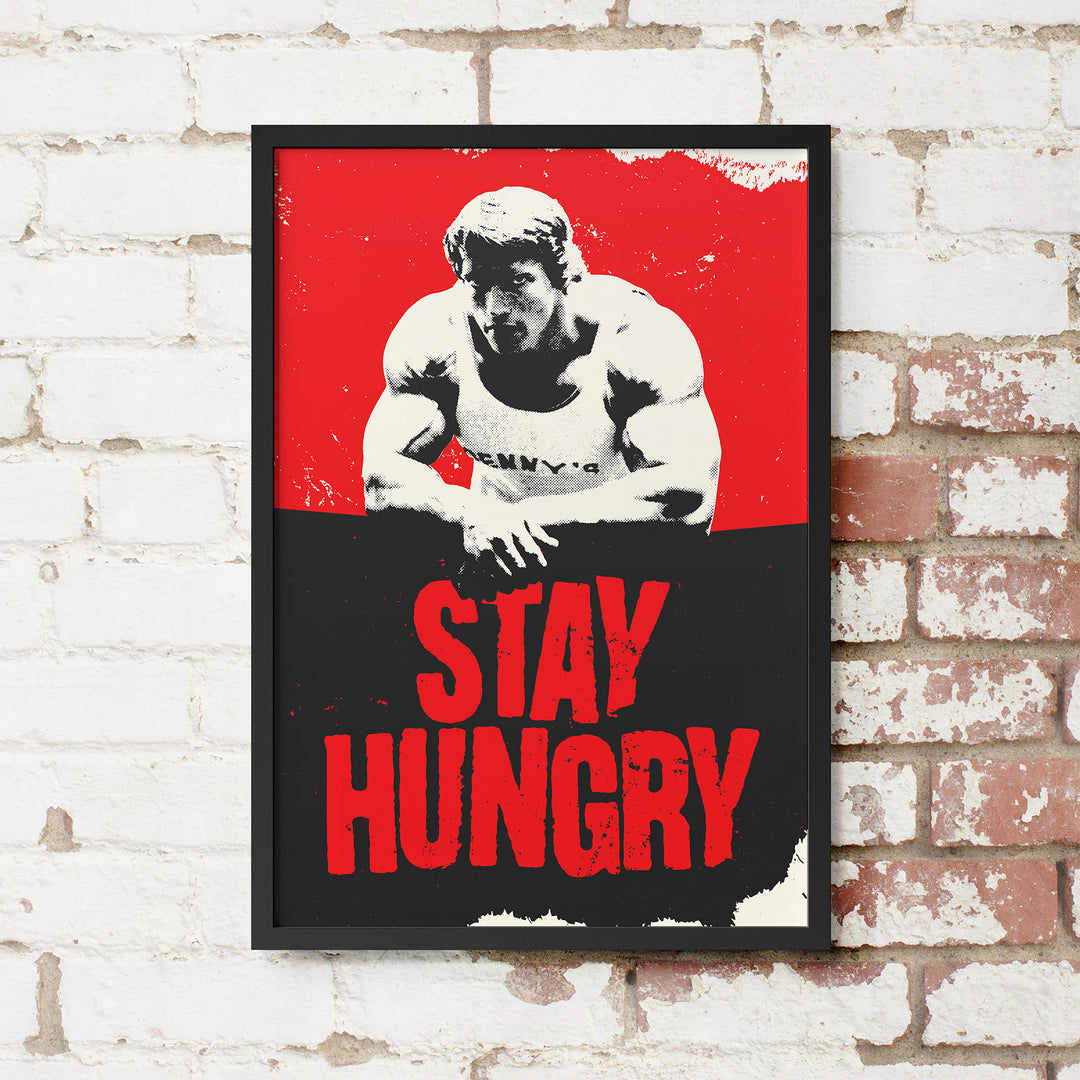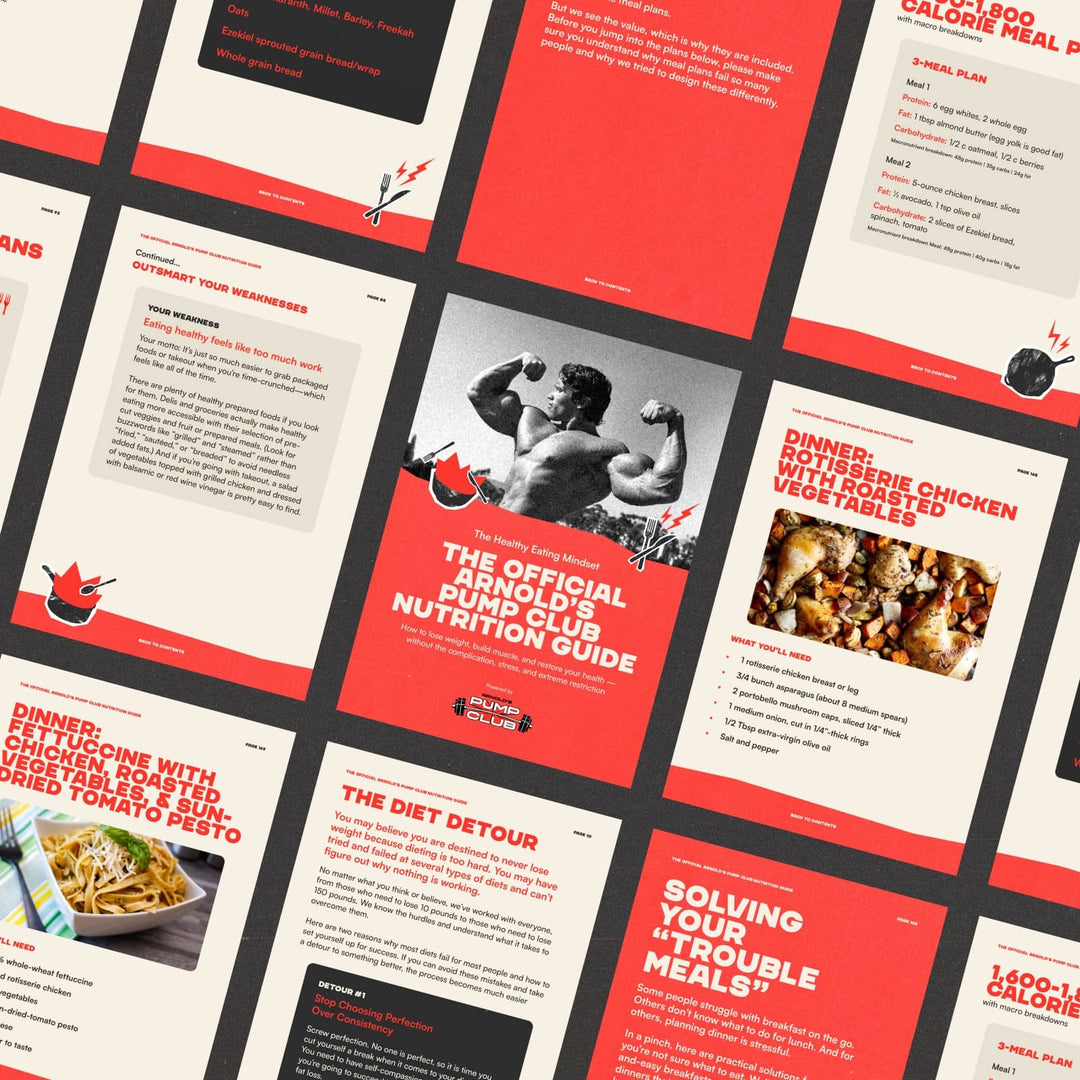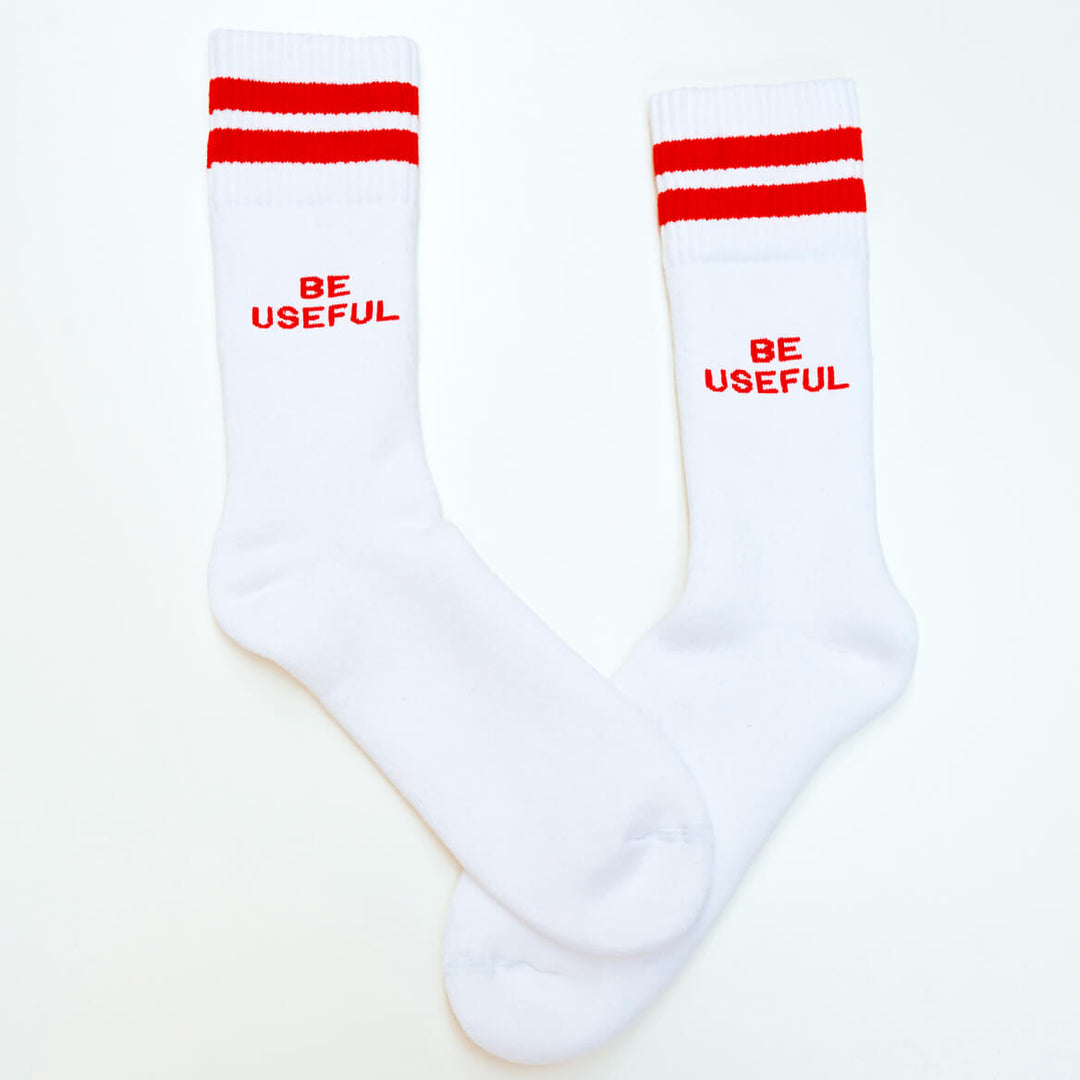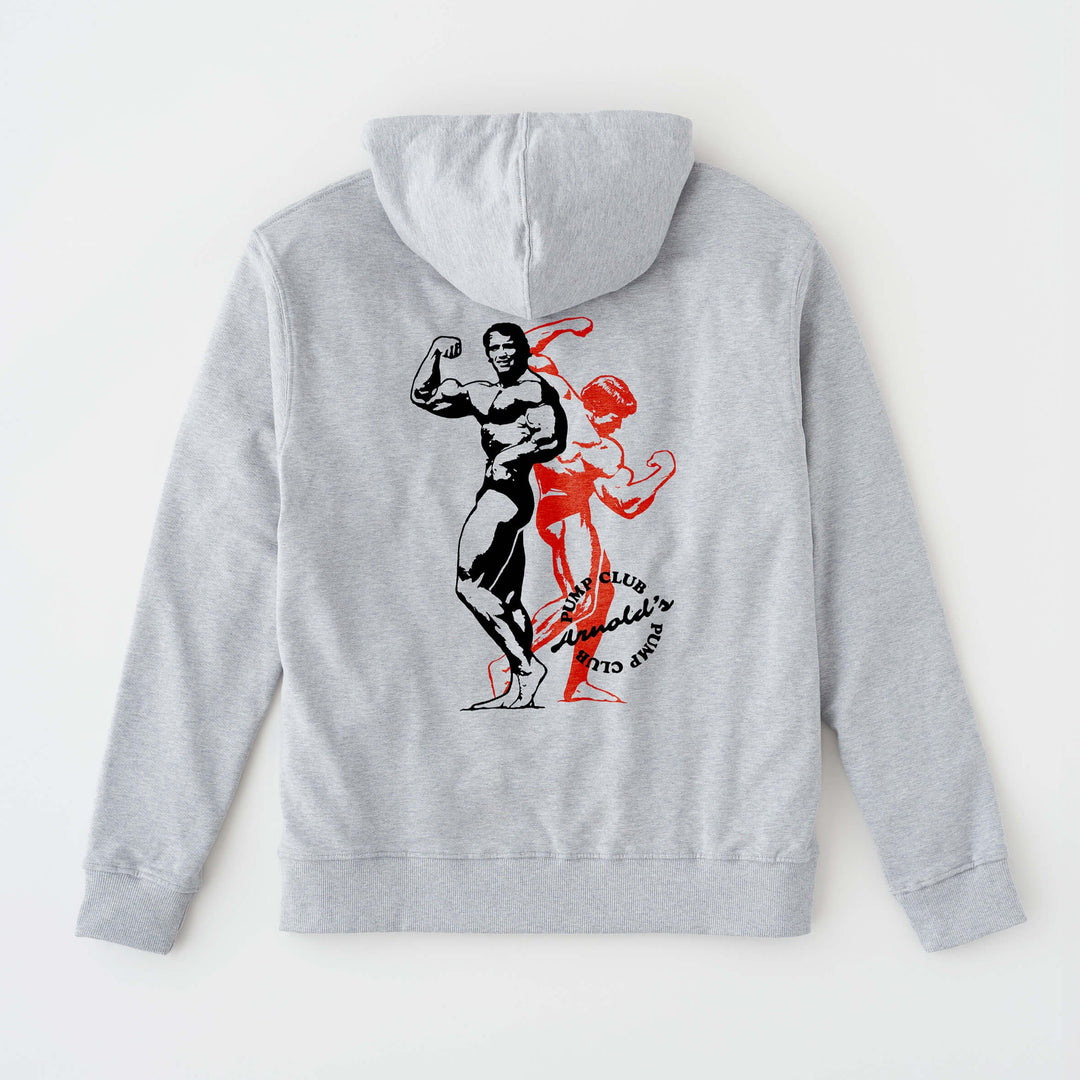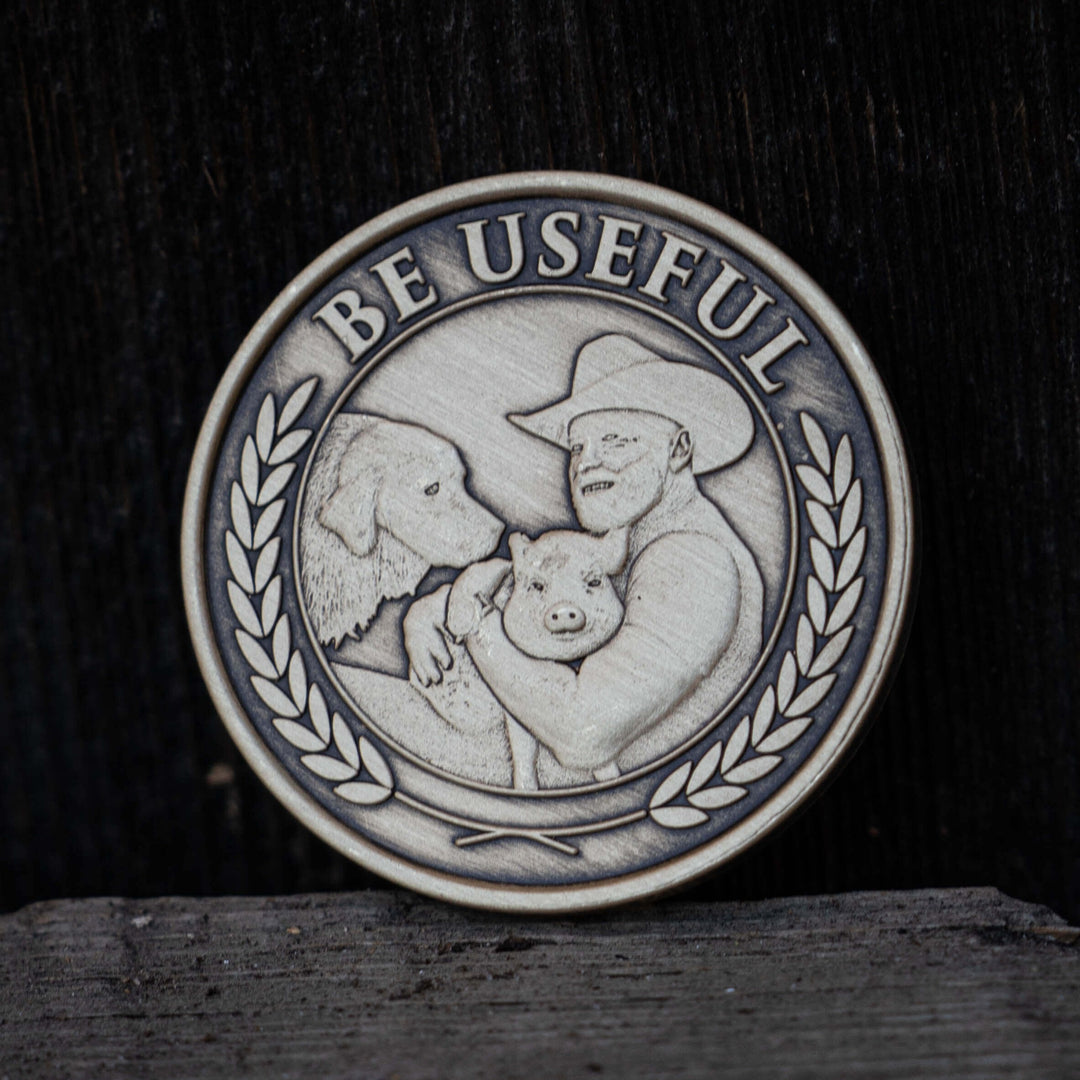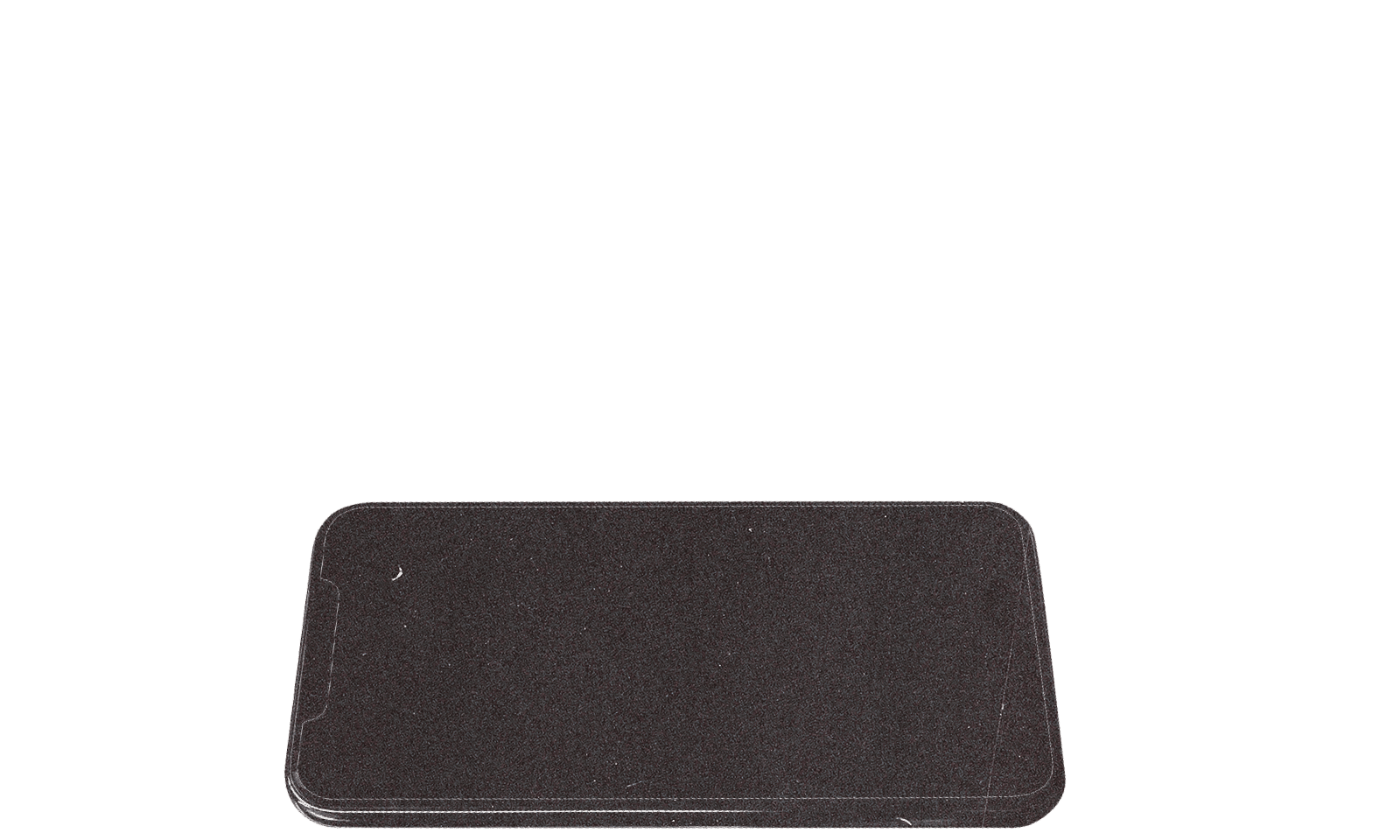Welcome to the positive corner of the internet. Every weekday, we help you make sense of the complex world of wellness by analyzing the headlines, simplifying the latest research, and providing quick tips designed to help you stay healthier in under 5 minutes. If you were forwarded this message, you can get the free daily email here.
Today’s Health Upgrade
A real use for personality tests?
Snack on this
The science of fat loss workouts
Foods are super
Arnold’s Podcast
Want more stories from Arnold? Every day, Arnold’s Pump Club Podcast opens with a story, perspective, and wisdom from Arnold that you won’t find in the newsletter. And, you’ll hear a recap of the day’s items. You can subscribe on Apple, Spotify, Google, or wherever you listen to podcasts.
On Our Radar
Can A Personality Test Help You Exercise More?
What if the secret to enjoying exercise wasn’t about the workout — but about understanding yourself?
If you've ever wondered why some people seem addicted to CrossFit while others would rather run screaming from a burpee, science just delivered the answer.
Taking a workout that matches your personality traits can boost both your enjoyment and the stress-busting benefits of exercise.
Here's something most fitness advice gets wrong: it assumes one approach works for everyone. But researchers found out that your personality can act like a GPS for finding the workout you'll actually love (and stick with).
The scientists studied 132 adults over 8 weeks, using the "Big Five" personality model—the gold standard for measuring personality traits. Participants completed detailed personality assessments, then followed a home-based program combining cycling and strength training. The researchers tracked not just fitness improvements, but also which exercise intensities people enjoyed most and how much their stress levels dropped.
Personality traits were incredibly strong predictors of both baseline fitness and workout preferences. Extraverts consistently gravitated toward high-intensity activities and thrived in challenging environments. Meanwhile, people who scored high on neuroticism (think: tendency toward anxiety and stress) preferred shorter, more private workout sessions.
But the high anxiety participants didn't just prefer different workouts—they experienced significantly greater stress reduction from aerobic training compared to other personality types. It's like their brains were specifically wired to benefit more from the calming effects of exercise.
The scientists determined the following personality types preferred the following types of exercise:
High extraverts: Embrace group fitness classes, high-intensity interval training, and challenging workouts that push your limits. Your brain craves stimulation, so don't settle for boring routines.
High neuroticism: Choose private, shorter sessions (think 20-30 minutes) in comfortable environments. Your nervous system will reward you with bigger stress-relief benefits than other personality types get.
Low on both: You're the Swiss Army knife of fitness—almost any consistent routine will work, so focus on convenience and sustainability.
No matter what exercise you choose, if you struggle to build a routine, you might need to stop fighting your nature. You don’t need to force yourself into the “best” workout — just the one that fits you.
Together With David
Snack Science
Your snack choices might be quietly sabotaging your weight goals in ways you haven't considered.
Controlling snack portions could be the key to lower calorie intake and better weight management over time.
Researchers wanted to settle a heated debate: Does too much snacking actually cause weight gain, or is that just diet culture fear-mongering? They analyzed 40 studies involving thousands of people to see how snack size affects weight gain.
When scientists tracked people over months and years, those who ate larger portions of processed snacks more frequently gained more weight. The connection wasn’t subtle—it was consistent across multiple long-term studies. Even more telling, when researchers gave people different package sizes in controlled experiments, bigger packages led to significantly higher calorie intake every single time.
Processed snacks don’t just add calories—they often don’t trigger the same fullness signals as whole foods, making it easier to overeat without realizing it. Larger portions and packages create what researchers call “consumption norms,” essentially training your brain to think bigger servings are normal.
You don’t need to eliminate snacks—you just need to choose them better. Prioritize protein and fiber, buy single-serving packages instead of family-size bags, or portion large packages into smaller containers when you get home.
Or, make it simple: pick the snack that gives your body the protein it needs—without all the excess calories.
That’s where David offers a practical solution: 28g protein. 150 calories. 0g sugar. The perfect balance of satisfaction and portion control.
Demand has been so high that their 8 core flavors are currently sold out on their website, but you can still grab them on Amazon or use their store locator to find a retailer near you.
And if you want something with even more protein per calorie, David has you covered there, too. They crunched the numbers and found the only thing that beats their bars in protein efficiency is…boiled cod.
So, naturally, they started selling vacuum-sealed frozen cod loaded with 23 grams of protein and just 100 calories—shipped straight to your door on dry ice. Perfect for protein lovers, ancestral diet diehards, or anyone who’s ever thought, “You know what my snack drawer needs? More fish.” Protein goals met. Portion trap avoided.
Fitness
How Your Training Split Influences Fat Loss
Most people assume that as long as you're lifting weights consistently, the way you organize your training doesn't make much difference for burning fat. But new research suggests the frequency of how you train your muscles might matter more than you think.
Performing full-body workouts led to greater fat loss compared to training each muscle group once per week.
Researchers recruited well-trained participants and randomly assigned them to one of two 8-week programs. The full-body group trained every muscle group 5 days per week, while the split-body group trained each muscle group just once per week (think classic "chest day," "leg day" approach).
Here's what made this study particularly strong: Both groups performed exactly the same total weekly volume—75 sets per week at 70 to 80 percent of their one-rep max for 8-12 repetitions. The only difference was frequency. Using DEXA scans (the gold standard for body composition), researchers measured whole-body and regional fat changes before and after the 8-week intervention.
The full-body group lost an average of 1.7 pounds (0.78 kg) of fat mass, while the split-body group actually gained .7 pounds (0.32 kg). This pattern held across different body regions—arms, legs, and trunk areas all showed greater fat loss with full-body higher training frequency.
The researchers believe higher training frequency may boost fat loss through several mechanisms: increased daily energy expenditure, elevated protein synthesis (which burns calories), and improved insulin sensitivity from more frequent muscle stimulation.
It’s one of the many reasons the Foundation Workouts in The Pump Club app are so effective. They are full-body training sessions that have transformed tens of thousands of lives, by using programming that increases strength, builds muscle, and supports fat burning.
If fat loss is your primary goal, consider working multiple muscle groups, doing a full-body split, or increasing training frequency, while decreasing the total number of sets you perform. This doesn't mean longer workouts—just redistribute your weekly volume. Instead of doing 4 sets of squats on "leg day," do 1-2 sets of squats on multiple days. Start with 3 full-body sessions if you're new to higher frequency training, and remember: consistency with a simpler approach often beats perfection with a complex one.
Foods Are Super
Cabbage: The Underrated Cruciferous Vegetable
Cabbage might be the most overlooked superfood in your grocery store. Cheap, crunchy, and quietly powerful — this humble vegetable could help protect you from the diseases you want to avoid.
Research suggests that eating cabbage just a few times a week may reduce your risk of certain cancers by up to 39 percent.
Cabbage is an underrated powerhouse because of a compound called glucosinolates. When you chew cabbage, these compounds break down into powerful molecules (called indoles and isothiocyanates) – think of them as your cellular bodyguards. They protect your DNA from damage, help eliminate cancer-causing substances, reduce inflammation, and can even trigger cancer cells to self-destruct.
In one review involving hundreds of thousands of people, researchers found a strong connection between cabbage intake and reduced cancer risk — especially for colorectal, stomach, and lung cancers.
In fact, after reviewing 94 studies, 70 percent of them showed that people who ate cabbage regularly had lower cancer rates than those who didn't.
Want more cabbage in your life? Roast wedges with olive oil and garlic, toss it raw into coleslaw, stir-fry with ginger and soy sauce, or simmer it into a hearty soup. Just 2 to 3 servings per week is enough to tap into the protective power.
—
Publisher: Arnold Schwarzenegger
Editors-in-chief: Adam Bornstein and Daniel Ketchell









